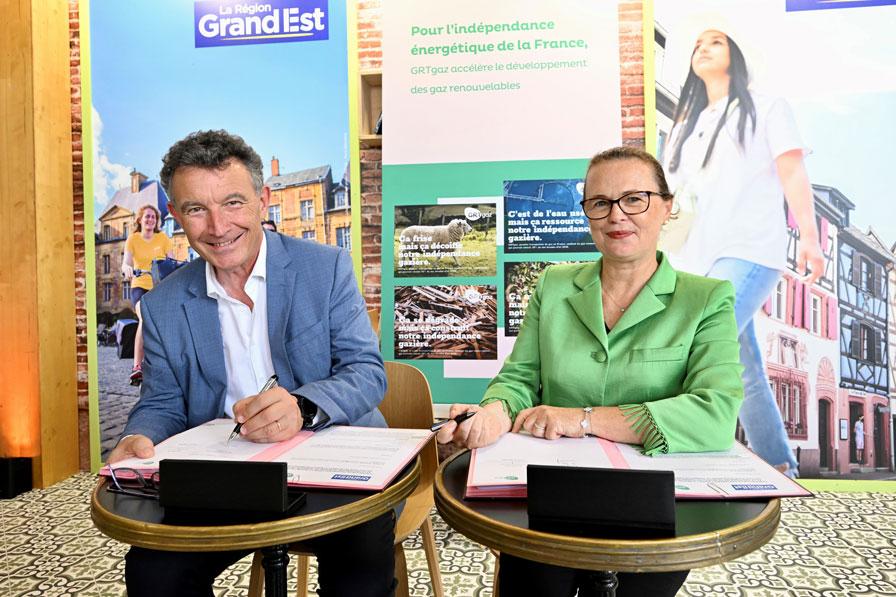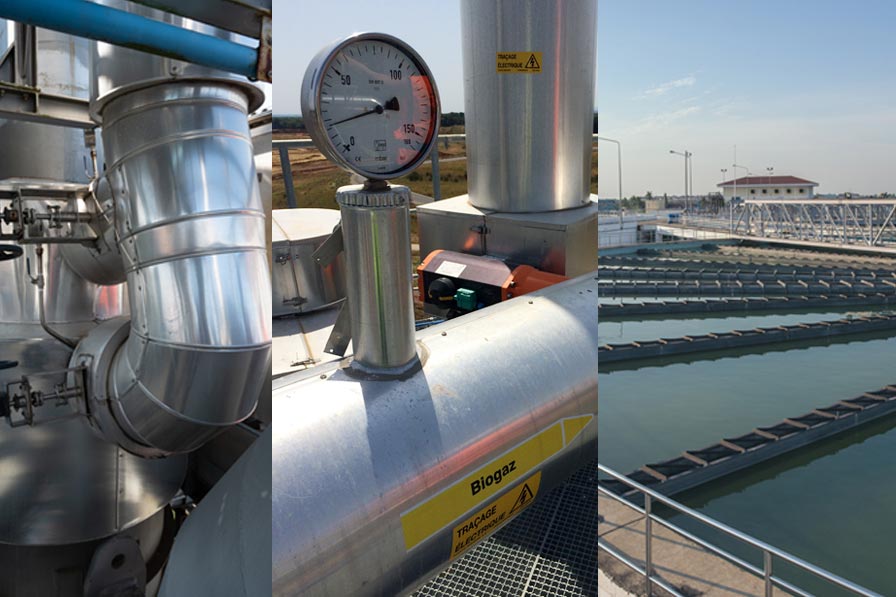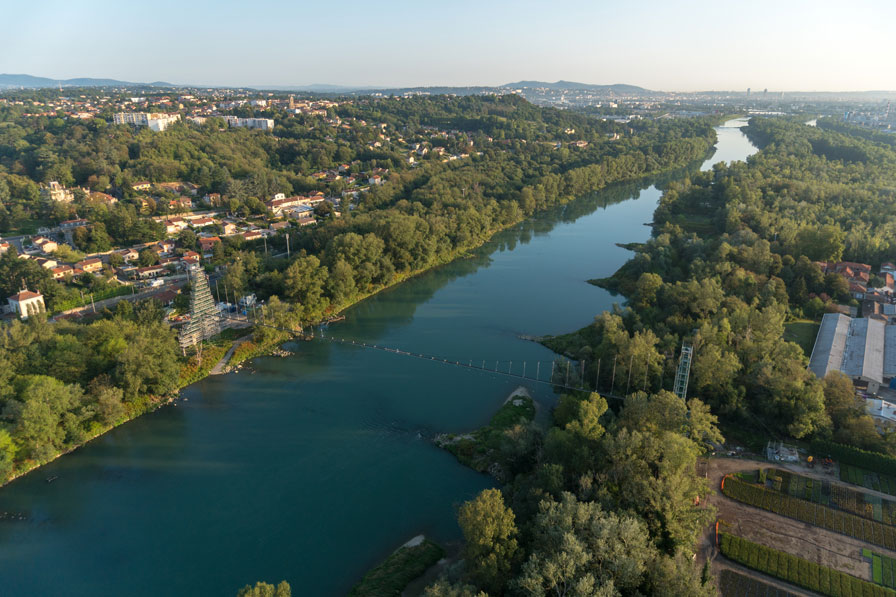First partnership agreement signed between the Grand Est Region and GRTgaz to speed up the Energy Transition

On 30 August, at the Châlons Agricultural Fair, the 2nd largest in France, Franck LEROY, President of the Grand Est Region, and Sandrine MEUNIER, Managing Director of GRTgaz, signed a 3-year partnership agreement aimed at stepping up their cooperation and working together to speed up the region's energy transition.
The Region is implementing a policy to foster the energy transition and the circular economy, emphasising efforts to achieve greater energy savings and efficiency, renewable energies, resource efficiency and local sustainable development initiatives. GRTgaz supports local and regional authorities in their energy transition: the company is developing its grid to accommodate ever more renewable gases, preparing future hydrogen transmission grids and contributing to the CO2 capture, recovery and storage solution.
Through this agreement, the Region and GRTgaz assert their commitments to taking action against climate change and fostering the ecological and energy transition and economic development of the Grand Est region. The two partners are committed to working together to implement concrete actions in two major areas:
- Speeding up the Region's energy transition, by facilitating the production and use of renewable gases, supporting innovation in the production of renewable gases from waste (pyrogasification and hydrothermal gasification), developing infrastructures for the transport of renewable, low-carbon hydrogen and examining the CO2 transport infrastructures needed to deploy the CO2 Capture, Recovery and Storage (CCUS) solution.
- Contributing to regional development, by preserving natural heritage and biodiversity, promoting innovation and vocational training, and strengthening the region's economic dynamism.
An agreement structured along five key lines
More specifically, the agreement is structured along 5 key lines:
- Jointly promoting anaerobic digestion that is virtuous and advances value-sharing between players in the sector and the regions concerned
The Grand Est region, the leading producer of biomethane injected into the grid nationally, aims to reduce its greenhouse gas emissions by 40% by 2030 and by 75% by 2050. The two partners want to combine their skills to share data, bring knowledge to the fore, enliven ecosystems and encourage the emergence of new projects and new business models serving anaerobic digestion. - Supporting innovative renewable and low-carbon gas production sectors
The Grand Est region and GRTgaz are working together to better understand the potential deposits available for pyrogasification and hydrothermal gasification, and structure a regional collective that brings together all the interested parties. - Transporting and developing renewable, low-carbon hydrogen
The two partners are taking part in strategic discussions on hydrogen at the regional, national and European levels, with a view to interconnecting the various hubs (in particular the Mosahyc and Rhyn hubs), and are continuing the development of regional projects without discrimination, supporting local authorities and regions as they explore their potential industrial or mobility-related uses. - Decarbonising industry
The Grand Est region is the second-most industrial region (in terms of industry contribution to regional GDP). 30% of CO2 emissions come from industry. The decarbonisation of industry is thus a major focus of this agreement, with a savings/efficiency component and a defossilisation component, in particular through Biogas Purchase Agreements (BPA) and the use of renewable/low-carbon hydrogen. The Agreement also includes a component on CO2 capture, transport, storage and recovery (CCUS) technologies. - Preserving biodiversity
The Grand Est region is recognised as one of the most active when it comes to managing, protecting and restoring biodiversity. With 5,200 km of easement strips and almost 1,270 surface installations, including 3 compressor stations, biodiversity and land use are important issues for GRTgaz. It is thus only natural that the two partners should contribute to the protection and enhancement of our natural heritage, as well as to the implementation of virtuous projects in the field of biodiversity.

